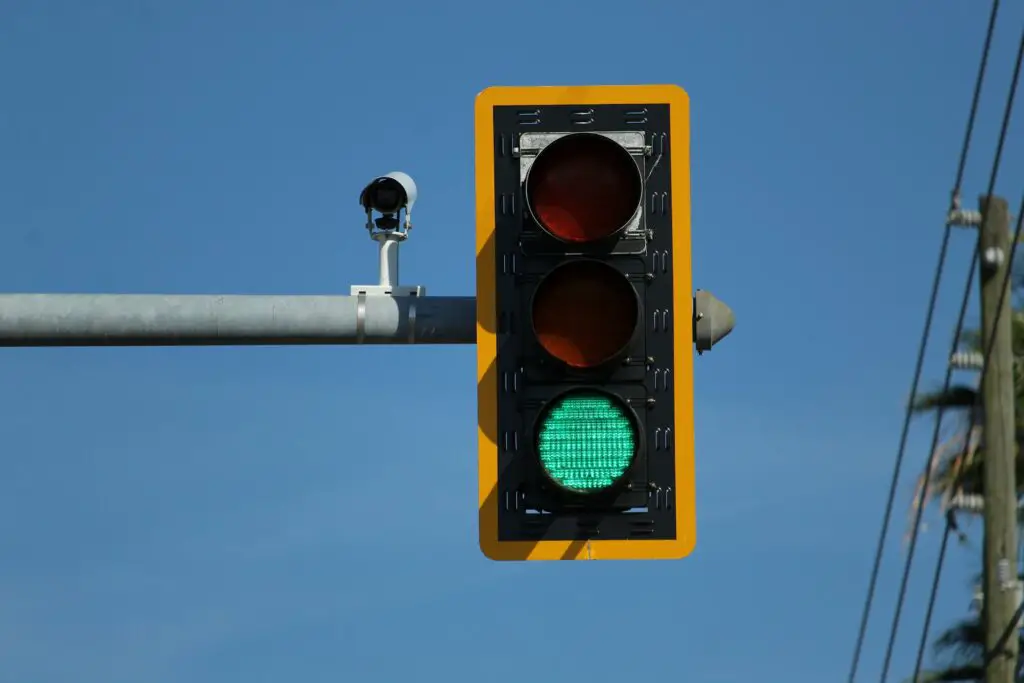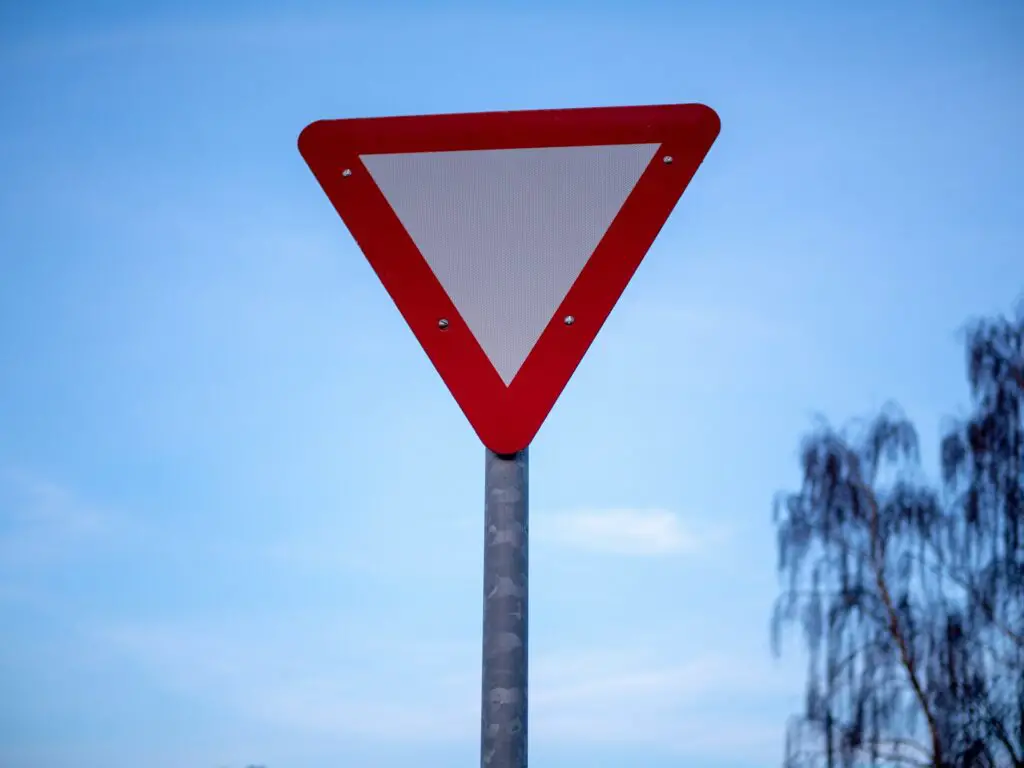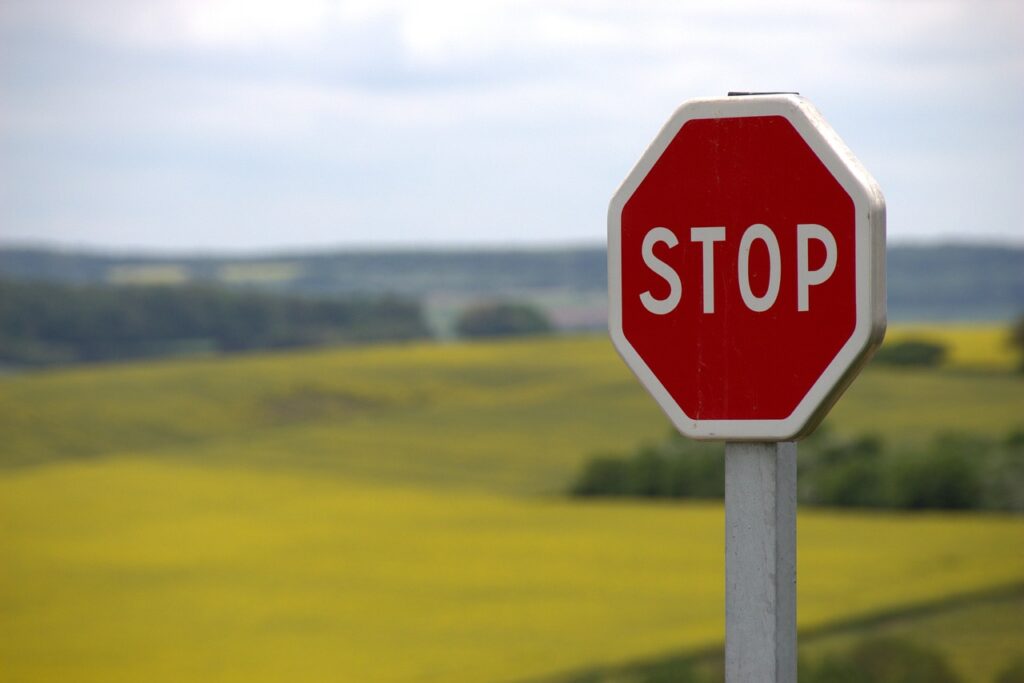Related Posts
Navigating traffic rules can feel like solving a puzzle, and a recent video showcasing a collision at a two-way stop grabs attention. Here, we break down the incident, diving into the right-of-way details at the two-way stop. We aim to determine who made the mistake and untangle the legal consequences. Understanding these details is crucial for every driver, ensuring a safer and smoother journey. Let’s delve into the basics and make the road friendlier for everyone.
The Two-Way Stop Dilemma
Amid the confusion, a fundamental misinterpretation of two-way stop right-of-way rules takes center stage. Whether you got there earlier or not, turning left means giving way to oncoming traffic moving straight. Think of it like waiting for a green light at a crossroads, just like Driving.ca says. Understanding this is crucial in avoiding collisions and keeping traffic flow smooth. In essence, it’s about following the traffic dance, ensuring that left-turners wait for their turn before navigating the intersection, much like patiently waiting for that green signal.
Rules of the Road

To understand the right-of-way, let’s explore everyday road situations. When turning left, you’re last in line, giving way to oncoming traffic. The same goes for U-turns, where oncoming vehicles take precedence unless a green arrow says otherwise. At uncontrolled intersections, politeness rules, while controlled ones, need you to understand signs and lights. Whether it’s yielding to oncoming traffic during left turns or deciphering road signs at controlled intersections, road etiquette boils down to common-sense rules we encounter daily. It’s about being courteous and navigating cautiously, ensuring smoother journeys for everyone.
Common Misconceptions
Misunderstandings among drivers often arise when they first think they have the right of way to reach a stop sign; however, it’s important to note that the rules governing the right of way vary depending on the type of crossing. Sometimes, theories about who came first can lead to confusion and, unfortunately, collisions. To avoid such incidents, drivers must understand the rules that apply at intersections, promote safe driving, and prevent unnecessary traffic accidents.
Traffic Lights and Stop Signs

Confusions often arise at intersections with multiple signs or lights. In California, turning right at a red light is permissible, but caution is paramount. Drivers should yield to oncoming traffic and pedestrians to ensure safety. Conversely, stop signs follow a straightforward first-come, first-serve rule. If you reach the stop sign first, you go first. Yield signs signal caution but don’t demand a complete stop. These traffic nuances aim to maintain order and prevent accidents, emphasizing the need for drivers to comprehend and follow these rules for a smooth and secure journey on the road.
Pedestrians and Crosswalks
Pedestrians are also part of the right of way at two-way stops scenario. While they should stick to rules, drivers must be careful at crosswalks. Not yielding to pedestrians can result in consequences, especially when pedestrians jaywalk. Both pedestrians and drivers must understand their responsibilities on the road. Following rules ensures safety for everyone, avoiding potential accidents. Even if pedestrians jaywalk, drivers should remain vigilant to prevent mishaps. Ultimately, a shared understanding of right-of-way rules creates a safer environment for pedestrians and drivers.
To read another traffic-related viral legal story, click here.
Emergency Vehicles

In the symphony of traffic, emergency vehicles play a crucial role. Granting them the right of way ensures a smooth passage by pulling over safely. Nevertheless, it’s equally important to prioritize safety, avoiding any actions that might compromise your well-being or that of others while yielding. Always stay vigilant and make space for emergency vehicles without putting yourself or fellow road users at risk. Balancing the need to pay with overall safety is the key to a harmonious flow on the road.
The Video’s Verdict
Analyzing the video, we find that the crash occurred because the Volvo making a left turn didn’t give way to the UPS truck proceeding straight. Even though the footage doesn’t reveal who reached the stop sign first, it doesn’t matter in a two-way stop situation. The crucial point is that the left-turning vehicle, the Volvo, bears the legal responsibility for the collision. This highlights how critical it is for drivers to comprehend and adhere to right-of-way regulations, regardless of arrival times. The focus should be on understanding these rules to prevent such incidents and assign liability accurately.
Legal Implications and Liability

In response to the video, Attorney Ugo Lord emphasizes that a vehicle making a left turn must yield to those proceeding straight at a two-way stop. This legal distinction places the responsibility squarely on Volvo’s Volvo’s shoulders for all damages resulting from the collision. Recognizing these subtleties is crucial for establishing fault and assessing the legal consequences of the incident. It’s not just about who got to the stop sign first; it’s about adhering to the rules governing interactions at two-way stops. In this case, the Volvo’s failure to yield has legal ramifications.
The Importance of Clarity
Ensuring road safety relies on everyone grasping the rules of right-of-way. The video shows misunderstandings, resulting in crashes and legal issues. Whether you’re driving, walking, or biking, it’s crucial to be aware and adhere to these rules for a seamless traffic experience. As road users, we are responsible for preventing confusion and enhancing safety. Following the guidelines promotes a harmonious traffic flow, avoiding potential accidents and legal complications. Staying informed and respecting the rules benefits us all, contributing to a safer road environment. Public awareness campaigns can also play a vital role in educating drivers about right-of-way etiquette.
Brief Wrap-up
Confusion about the right of way at two-way stops can have significant consequences in traffic. Knowing the traffic hierarchy isn’t just about following laws; it’s a fundamental part of responsible driving. Accidents happen when drivers misunderstand or overlook these rules. Clarity on who has the right of way is crucial for preventing collisions and ensuring everyone’s safety. It’s not just a legal obligation; it’s a fundamental element of being a responsible driver. Let’s prioritize understanding and following these rules for a safer driving experience. Remember, the road is a shared space, and our collective adherence to these rules fosters a safer environment.

